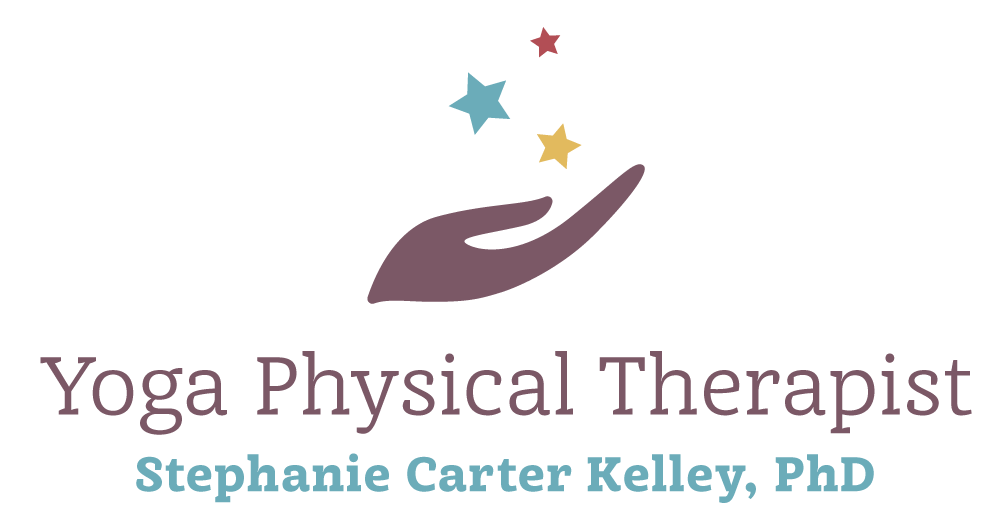I start each Yoga Physical Therapy Therapeutic class with self-assessments. I modify physical therapy assessment techniques, describe "normal" values and what should be felt. Participants can use this information to determine what he/she needs to work on.
Since my Big Goal for 2017 is Extension, I am using wheel pose, aka backbend, as my self-assessment. The picture above is my first attempt just as 2016 was ending. I was able to hold this pose for all of 2 seconds before crashing down to the floor. It is a good thing that a yoga certification is not dependent on performance of this pose! What surprised me was where I felt most limited in this pose: forearms. Wheel pose is full wrist extension with elbow extension. You can see that my elbows are not even close to being extended. I know that my hips are tight, and I feel it in my hips and spine but my forearms were screaming.
Just trying to wheel pose every day to reach my goal would be frustrating. So I decided to break this pose down and work on components of this full body extension. As I describe is a previous post, other yogis suggest other difficult poses in order to progress wheel pose, such as reclined hero. I decided to make big modifications and use props to help.
The focus of this pose is wrist extension on blocks at the wall to open the forearms, elbow extension, and upper back extension. I am pushing into the wall to provide some weight bearing into the hands, just like in wheel pose. However, I can hold this position much longer than 2 seconds which will help to open the forearms muscles.
I love my therapeutic ball! This is my version of reclined hero pose. As the front of my thighs open, I can adjust the ball backward to sit a little deeper into the stretch. I contract my gluts a little as I am trying to increase hip extension. You can see the slight flexion of the hips and this is at the end of my range of motion.
Supported wheel on the ball. I "hang out" in this pose almost every day. My neck likes the support most of all. Here, I can work on alignment of my hips (i.e. neutral rotation), engage the gluts and lower belly to take pressure off of my low back, create hip extension, and open in the chest and shoulders.
With any Big Goal, it helps to break it down into smaller parts. This way I can feel a little progress and success each day. Small achievements feel better and keep me motivated.
So how are you doing with your goal/s in 2017? It is OK to readjust and look at the big goals in smaller segments. Don't beat yourself up if you got off track. Keep cheering yourself on and stay positive.
Namaste,
Stephanie









